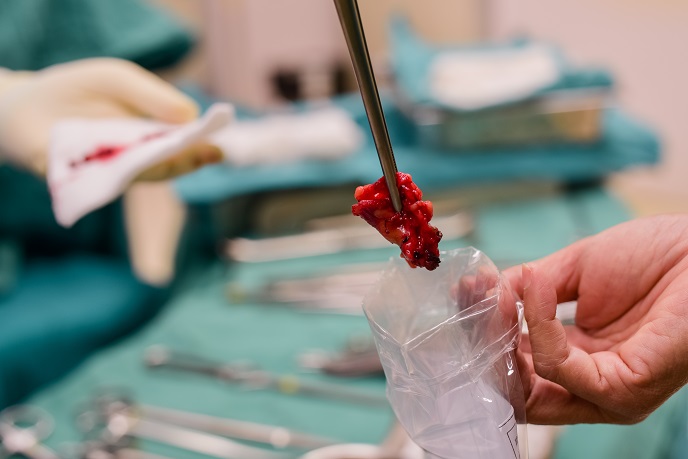Breakthrough in probe technology could improve breast cancer treatment
It was first envisioned in literature dating back to 2001. By using open-ended/coaxial contact probes for biopsies and surgical margin detection, health professionals have a chance of diagnosing breast cancer earlier as well as reducing the need for radical mastectomies. Coaxial contact probes are cylindrical conductors transmitting electromagnetic waves. Whilst they are mostly known for carrying radio signals from antenna to television, the waves they contain have been found to reflect differently when hitting materials with different properties. But this is just theory. Before the MIDxPRO (Microwave Diagnosis of Breast Cancer with Open Ended Contact Probes) project was kicked off, attempts to apply this technique in clinical settings had failed to live up to expectations. Whilst commercially available measurement kits reported a 5 % error rate, the use of open-ended contact probes (OECPs) increased this rate to 30 %. “The technique was just not reliable enough,” says Tuba Yilmaz, coordinator of the project and Assistant Professor at Istanbul Technical University. “Even though the practical applications had been envisioned, their realisation was not possible.” The stakes are high. Breast cancer diagnosis requires a rather heavy two-step biopsy procedure. Surgery, on the other hand, requires practitioners to operate on patients, send excised tissues for a 20-minute analysis, and repeat the operation until frozen section analysis (FSA) for rapid pathology evaluation comes up with clean results. Needless to say, both procedures are laborious, prone to human error and costly. This is why further research on OECPs is needed. As Prof. Yilmaz points out, “An OECP would drive down the cost of biopsy, thereby making it more accessible. Dedicated algorithms allow for automated decision making, which can in turn reduce the chances of misdiagnosis. Meanwhile, the same technology can be used to detect surgical margin and prevent radical mastectomies where possible. This would cut down a rehabilitation process that can take several months while deducing malignant tumour return rates.” To help overcome existing difficulties, the project team, which received support under the Marie Skłodowska-Curie programme, put OECPs under the microscope. They investigated new mathematical approaches, the structure and sensing depth of probes with different apertures, as well as measurement uncertainties. They also worked on an integrated probe system that can be sealed and sterilised, and, last but not least, adopted machine algorithms to classify the material being tested. Although the new techniques still have a long way to go before they can be used on patients, the project has already moved forward with animal experiments. The team notably collected dielectric properties of rat breast tissues and rat tumour tissues. “We have compiled the largest set of in vivo data ever collected in literature. Although we are still processing it, our current results show a 92 % classification accuracy on raw unprocessed data. This is better than the 70 % accuracy currently obtained in a clinical setting. We expect this accuracy to exceed 95 % after we’ve optimised the parameters of the machine learning algorithm,” Prof. Yilmaz enthuses. In the long run, Prof. Yilmaz hopes that MIDxPRO’s results will encourage the research community to look further into the OECP measurement technique and understand it has much room for improvement. She is already planning to take her research to the clinical level.
Keywords
MIDxPRO, open-ended contact probe, breast cancer, margin detection, biopsy



